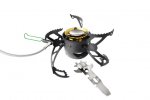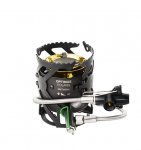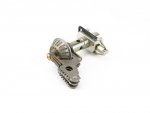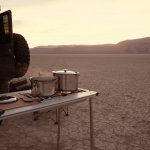The newer diesel stoves are getting pretty small:
http://www.wallas.fi/index.php?id=53
... but admittedly there is additional infrastructure involved with fuel delivery and after-burn exhaust. In order to maintain the cleanliness you referenced, you definitely have to route the exhaust away from your cooking area.
Such routing is easy in a permanent installation such as in an Earthroamer type vehicle, less so in a temporary set up.
Although it would be possible to integrate such a system as Al is proposing with diesel ... it would definitely require some creative thinking that I, admittedly ... haven't yet done!
http://www.wallas.fi/index.php?id=53
... but admittedly there is additional infrastructure involved with fuel delivery and after-burn exhaust. In order to maintain the cleanliness you referenced, you definitely have to route the exhaust away from your cooking area.
Such routing is easy in a permanent installation such as in an Earthroamer type vehicle, less so in a temporary set up.
Although it would be possible to integrate such a system as Al is proposing with diesel ... it would definitely require some creative thinking that I, admittedly ... haven't yet done!





